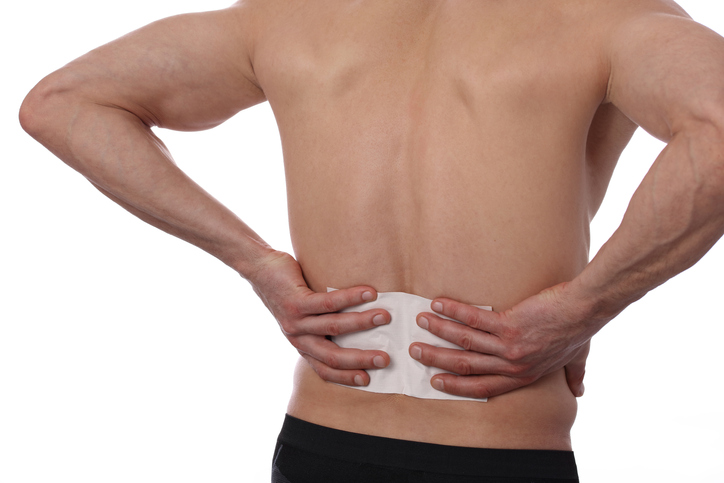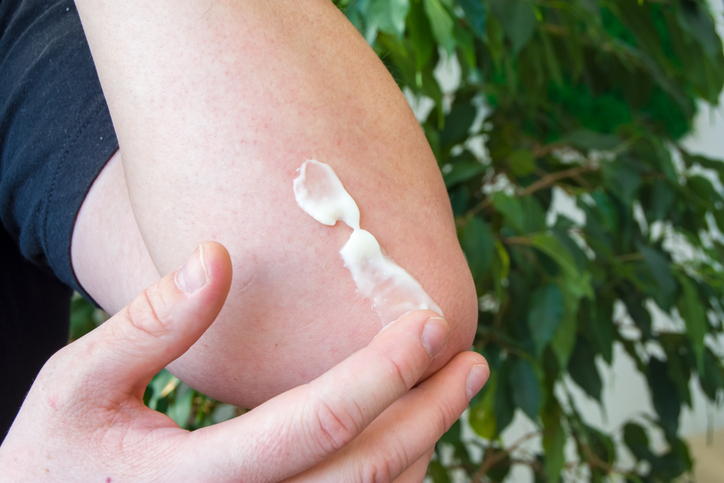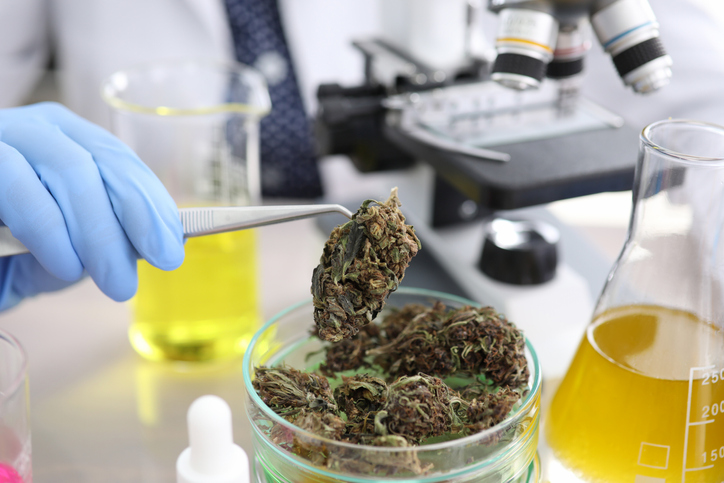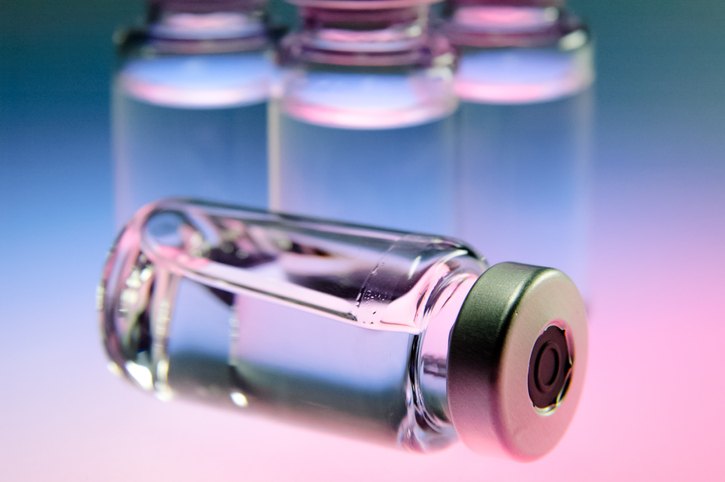Treatments
What Is a Capsaicin Patch?

A capsaicin patch is a treatment option for nerve pain or skeletomuscular pain. Capsaicin is the substance in chili peppers that gives them their heat. A capsaicin patch is a transdermal patch, meaning it attaches to the skin. The medication from the patch is gradually absorbed into the body. Capsaicin is thought to work by numbing and desensitizing nerve endings (via the gate control theory of pain) in order to reduce pain. Over-the-counter capsaicin patches typically contain 0.025% to 0.075% of capsaicin.
Prescription patch
A prescription patch, containing 8% capsaicin, was initially approved by the Food and Drug Administration (FDA) to treat postherpetic neuralgia, which is nerve pain that results from the shingles virus. In 2020, the FDA approved the patch to treat diabetic neuropathy, a diabetes complication involving numbness and stabbing pain in the hands or feet. In some cases, the capsaicin patch provides relief for diabetic neuropathy in a much shorter amount of time than other treatments, such as pregabalin. The prescription patch is typically applied for 30 to 60 minutes, once every 3 months. This patch should only be administered by health care professionals.
Over-the-counter patch
An over-the-counter capsaicin patch is an option to relieve pain associated with rheumatoid arthritis or minor injuries, such as sprains or strains. Over-the-counter patches can be applied 3 to 4 times per day for 7 days. Each patch can stay on the skin for up to 8 hours.
Side effects
Potential side effects of capsaicin patches include, but are not limited to, the following:
- Pain
- Burning sensations, redness, or swelling at application site
- Increased blood pressure
- Itching
- Dizziness
- Application site reaction
Warnings
The following should be kept in mind while using a capsaicin patch:
- Do not apply patches to the face, eyes, nose, mouth or scalp.
- Do not apply to broken skin (i.e., cuts, abrasions, or other openings).
- Be gentle when removing the patch to ensure that the capsaicin does not become airborne.
- Carefully wash hands before and after applying or removing the patch.
- Carefully clean areas where the patch was applied.
- Do not apply patches on an area where hypersensitivity may be experienced.














